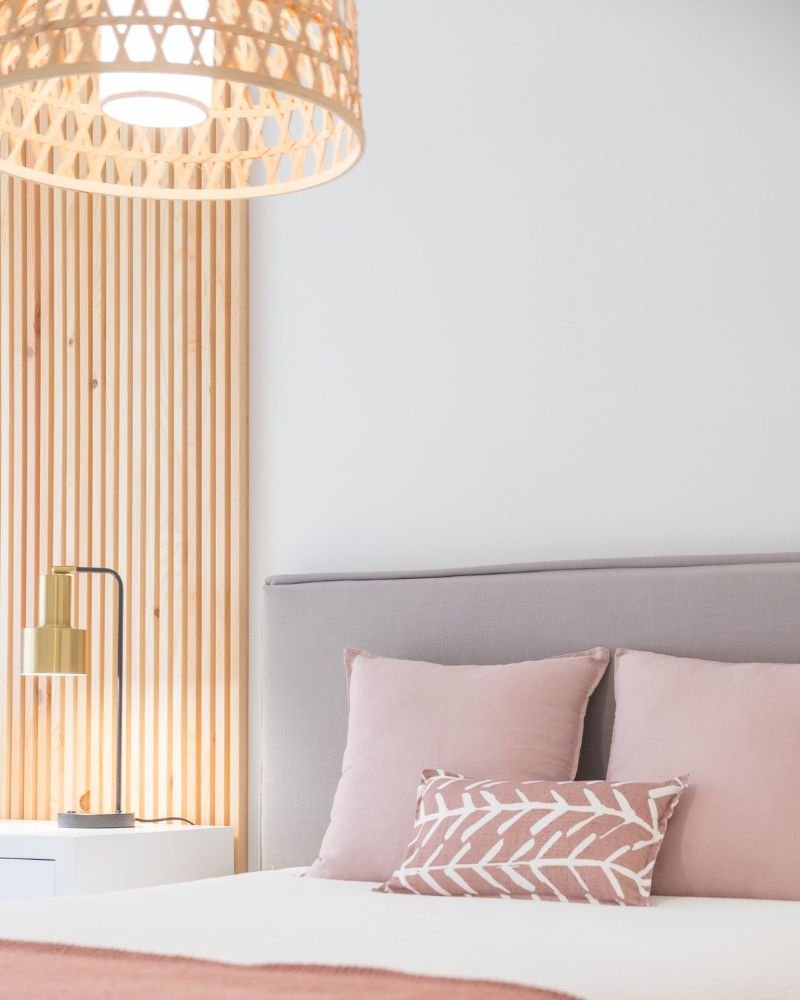5 Basic Tricks to Follow When Designing a Home Lighting Plan
The secret to well-designed interiors doesn’t necessarily involve the most expensive furnishings, high-end decor pieces, or state-of-the-art technology. While those things certainly help create fascinating interiors, there’s one design tool that can make any space look like it was styled by a professional – lighting. Any living space can benefit from a professionally designed home lighting plan. The question is, how can you do it without hiring a professional, especially when you’re clueless on the topic of lighting? Here, we’re shedding light on five savvy tricks you can steal from the best-of-the-best in the lighting industry.
Use ambient lighting to set the foundation
Every good lighting plan incorporates several layers of lighting, and the first and most important one is the ambient lighting. Also known as general lighting, this layer of lighting sets the foundation for the rest of the home lighting design, and it’s a primary source of lighting for most homes. Typically soft and natural like, ambient lighting’s main role is to ensure optimal visibility in an area and increase safety. Because of this, some of the spaces that often make use of ambient lighting are pathways, coffee tables, and seating areas. Chandeliers, pendants, recessed and track lights are some of the lighting options you can use to create ambient lighting. Introducing these lighting options will help you set the tone in your living space and create the base, after which you can add the next two layers of lighting.
Illuminate workspaces with effective task lighting
After ambient lighting comes task lighting, the second layer of effective lighting design. As the name itself suggests, task lighting is the type of lighting that is meant to provide optimal visibility and functionality of spaces where certain tasks are performed. It’s more convenient than ambient lighting since the light is brighter and focused on a certain area instead of being scattered all over the room. To introduce this lighting layer into your lighting design, go for pendants, vanity lights, or effective under-cabinet lighting. Place them in areas that could benefit most from them. Usually, those will be workspaces where different tasks such as cooking, reading, writing, and sewing are performed. Once you’ve introduced ambient and task lighting, it’s time to move on to the third layer of lighting.
Rely on accent lighting to create visual interest
Every design expert knows how important this third layer of lighting is. Implementing accent lighting is a way of infusing the space with drama, and it’s very much like adding the final touches to a room while reflecting one’s personal style. As we all know, every room has at least one focal point. That one eye-catching piece can be enhanced even more with the use of beautiful decorative wall sconces, which can help create a sophisticated atmosphere while also bringing out the best features of the room. Other than wall lights, one could also rely on recessed or track lights to achieve a similar effect and illuminate the areas and decor pieces that are displayed, be it artwork, accent furnishings, wall washing, or the home’s architecture. Accent lighting can also be used outdoors, serving as an effective decorative tool for highlighting a landscape design.
Conceal the lights for an effective look
While most of the lighting fixtures in our homes will be exposed and visible, lights don’t always have to be on display for everyone to see in order to create amazing effects. They can also be concealed in different areas of our homes, hidden behind items such as shelves and cabinetry. When placed strategically, LED lights can completely transform the feel of a space, turning a dull place into a stylish interior. Discreet yet effective, hidden lighting is perfect for emphasizing all the best features in the room and can be used in practically every area in the house, from staircases and rails to vanity mirrors and walk-in closets. So, if you want to add drama to your space and highlight attractive features, concealed illumination is the way to go.
Mind the quality of light
Lighting is an effective design tool, but it is its quality that determines the overall mood, atmosphere, and functionality of the living space. Generally speaking, the more faithfully the light source is able to represent the colors, the better results are obtained. Aside from color rendering, glare control is another important factor that contributes to the quality of the light as glare reduction yields a far more appealing look. Color temperature also impacts the quality of light which is why you should consider the consistency of colors and whether the light looks cool or warm. Efficiency is the fourth factor you should have in mind when selecting lighting. It’ll be determined by how much light is scattered across the room from a particular lighting fixture and the amount of energy that’s needed to generate light. By minding the quality of light, you’ll come up with a lighting plan that is as functional as it is aesthetically pleasing.
Few design tools can create such dramatic effects like lighting can. If you were planning on giving your home a makeover, redesigning your home lighting plan is always a bright idea. With these savvy expert tricks under your sleeve, you can easily transform your home into a welcoming and inviting space that is as good for relaxing as it is for entertaining.





Energy efficiency is a smart strategy that benefits both businesses and society as a whole.